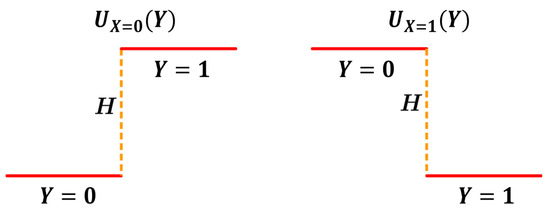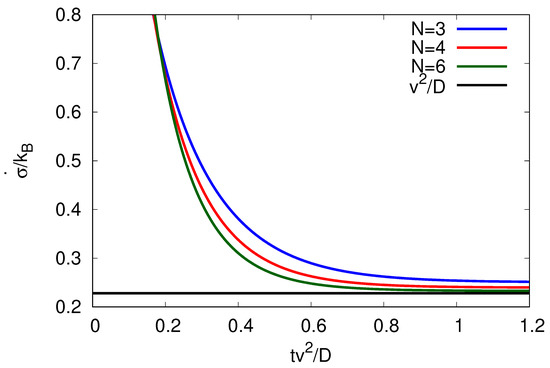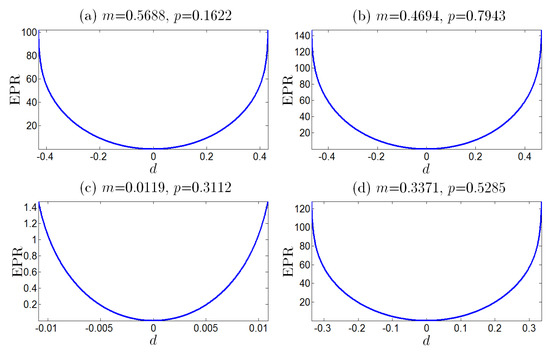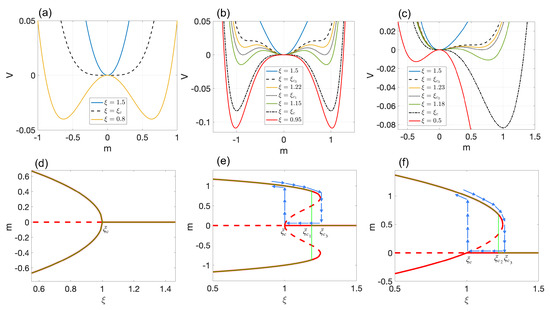Disorder and Biological Physics
A topical collection in Entropy (ISSN 1099-4300). This collection belongs to the section "Non-equilibrium Phenomena".
Viewed by 4728Editors
Interests: stochastic dynamics; nonequilibrium thermodynamics; biophysics
Interests: single-molecule experiments; DNA and RNA biophysics; molecular folding; energy and information in biophysics
Interests: non-equilibrium phenomena; dynamical systems; statistical mechanics; exactly solvable models
Special Issues, Collections and Topics in MDPI journals
Topical Collection Information
Dear Colleagues,
The term “disorder” is again in the spotlight: The 2021 Nobel Prize in Physics was awarded to Giorgio Parisi “for the discovery of the interplay of disorder and fluctuations in physical systems from atomic to planetary scales”. This is not the first time the term has been at the center of physicists’ understanding of the complex world—ever since the understanding of entropy in thermal physics as a measure of the random motions of atoms and molecules, disorder, chaos, and random motion have all been used interchangeably in popular writings on thermodynamics and the second law.
This is the domain of statistical mechanics and, in particular, of statistical thermodynamics—one of the main pillars of our fundamental understanding of the complex world made of large collections of interacting constitutive parts. This theory originated from a desire to understand “what is heat” by physicists and “how heat engine works” by engineers. L. Boltzmann was responsible for providing classical thermodynamics a concrete mechanical foundation in terms of atoms and molecules and, together with J. W. Gibbs, introduced the statistical methods that connect individual particles with seemingly random movements with emergent behavior of matters at a macroscopic scale [1]. In the process, they also discovered a deep mathematical relation between mechanical energy and probability, through the concept of temperature, developing a formalism that is now applied well beyond the original calorimetric realm.
Indeed, the different perspectives can be traced back to the founders of the subject. However, the tenets of the theories developed by the two giants are different. Boltzmann’s theory has a clear goal: to provide the classical thermodynamics with a Newtonian mechanical foundation. The first order business is therefore to establish the mechanical origin for the notions of entropy. He accomplished this with the celebrated formula S = kB logW, where W stands for Wahrscheinlichkeit. Gibbs’ theory, on the other hand, is open-ended—after showing a consistency with all classical thermodynamic theory via a mathematical limit, Gibbs’ theory—which accepts the empirical nature of temperature and the concept of statistical ensembles—has been applied to a vast number of systems with ever smaller scales. In the past two decades in biophysics, it has been the workhorse in understanding laboratory measurements on single biological macromolecules in aqueous solutions [2].
On the other hand, the analytic tool that has contributed the most to a precise understanding of all phenomena associated with disorder, chaos, fluctuations, randomness, heterogeneities, etc. is the mathematical theory of “heat” in terms of a heat equation [3] which Einstein used brilliantly, and later the theory of probability whose official year of conception was 1933 [4]—many decades after the work of Boltzmann and Gibbs, but only a decade before E. Schrödinger’s call for attention to the statistical laws of nature [5] and for a understanding of biological systems in terms of neg-entropy [6].
Through the work of L. Onsager on irreversible processes with the conception of thermodynamic forces and fluxes, the Brussels–Dutch school of thermodynamics and the formalization of entropy production, and the recent development in fluctuation theorems and equalities in stochastic processes, Schrödinger’s neg-entropy and its fundamental roles in biochemical systems and cellular functions have been firmly established and nonequilibrium stochastic thermodynamics has found many applications in biology [7].
On the other hand, Gibbs’ statistical thermodynamics has found a close partner in the mathematical theory of large deviations [8]. Could Gibbs' method actually provide the “third”, an alternative to the frequentist and Bayesian approaches to the statistics of scientific data, and carry on the theoretical physics tradition forward into Biology in the age of Information and Data Science?
Therefore, it is not an uneducated guess that the concept of and analytic tools associated with entropy will find an increasing role in biological physics (or physical biology), which has its central focus on heterogeneity and activity (e.g., diversity and life). We therefore put forward this Topical Collection intended to consider any statistical theory, method, model, or approach aiming to answer a specific biological question. This implies that thermodynamic terms be extended beyond their natural framework, while they still carry a load of thermodynamic implications. Specification of applicability conditions are encouraged so that formally correct relations may acquire explanatory and predictive value.
References
- Chibbaro, S.; Rondoni, L.; Vulpiani, A. Reductionism, Emergence and Levels of Reality: The Importance of Being Borderline; Springer: New York, NY, USA, 2014.
- Ritort, F. Single-molecule experiments in biological physics: methods and applications. Phys. Condens. Matter 2006, 18, R531–R583.
- Fourier, J.B.J. Théorie analytique de la chaleur. Chez Firmin Didot: Paris, France, 1822.
- Kolmogoroff, A.N. Grundbegriffe der wahrscheinlichkeitsrechnung; Springer-Verlag: Berlin, Germany, 1933.
- Schrödinger, E. The statistical law in nature. Nature 1994, 153, 704–705.
- Schrödinger, E. What is Life? The Physical Aspect of the Living Cell; Cambridge University Press: London, UK, 1944.
- Qian, H. Phosphorylation energy hypothesis: Open chemical systems and their biological functions. Rev. Phys. Chem. 2007, 58, 113–142.
- Vulpiani, A.; Cecconi, F.; Cencini, M.; Puglisi, A.; Vergni, D. Large Deviations in Physics: The Legacy of the Law of Large Numbers; Springer: New York, NY, USA, 2014.
Prof. Dr. Hong Qian
Dr. Felix Ritort
Prof. Dr. Lamberto Rondoni
Collection Editors
Manuscript Submission Information
Manuscripts should be submitted online at www.mdpi.com by registering and logging in to this website. Once you are registered, click here to go to the submission form. Manuscripts can be submitted until the deadline. All submissions that pass pre-check are peer-reviewed. Accepted papers will be published continuously in the journal (as soon as accepted) and will be listed together on the collection website. Research articles, review articles as well as short communications are invited. For planned papers, a title and short abstract (about 100 words) can be sent to the Editorial Office for announcement on this website.
Submitted manuscripts should not have been published previously, nor be under consideration for publication elsewhere (except conference proceedings papers). All manuscripts are thoroughly refereed through a single-blind peer-review process. A guide for authors and other relevant information for submission of manuscripts is available on the Instructions for Authors page. Entropy is an international peer-reviewed open access monthly journal published by MDPI.
Please visit the Instructions for Authors page before submitting a manuscript. The Article Processing Charge (APC) for publication in this open access journal is 2600 CHF (Swiss Francs). Submitted papers should be well formatted and use good English. Authors may use MDPI's English editing service prior to publication or during author revisions.












